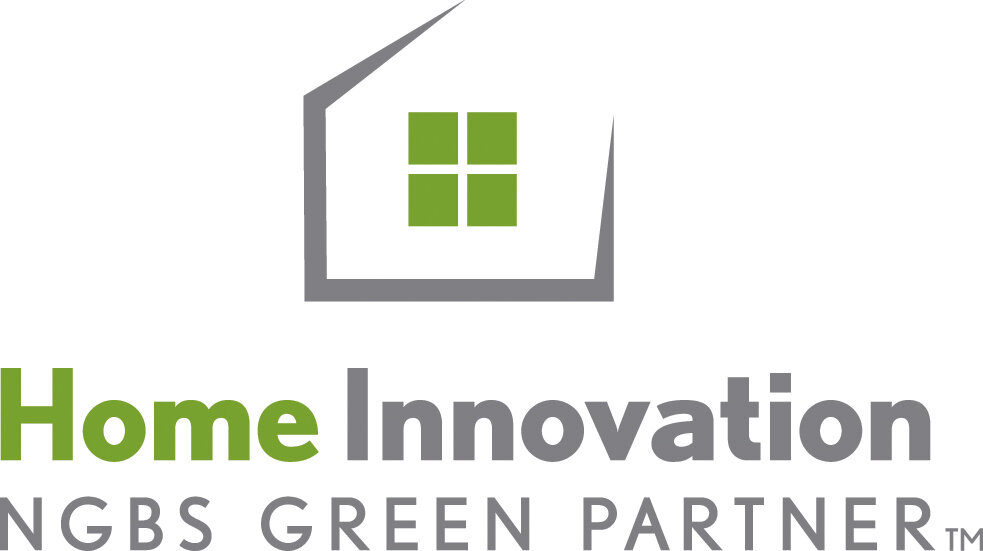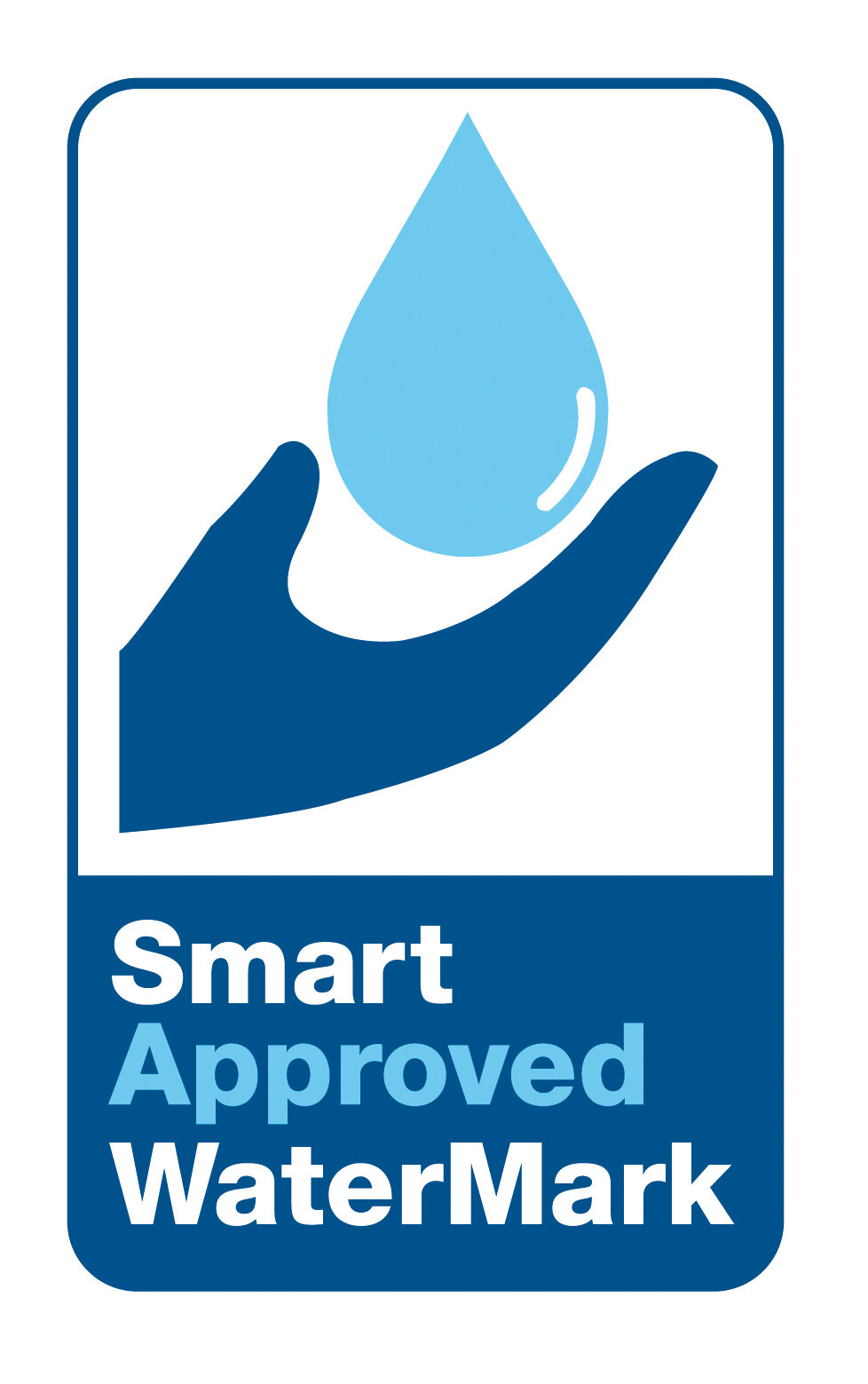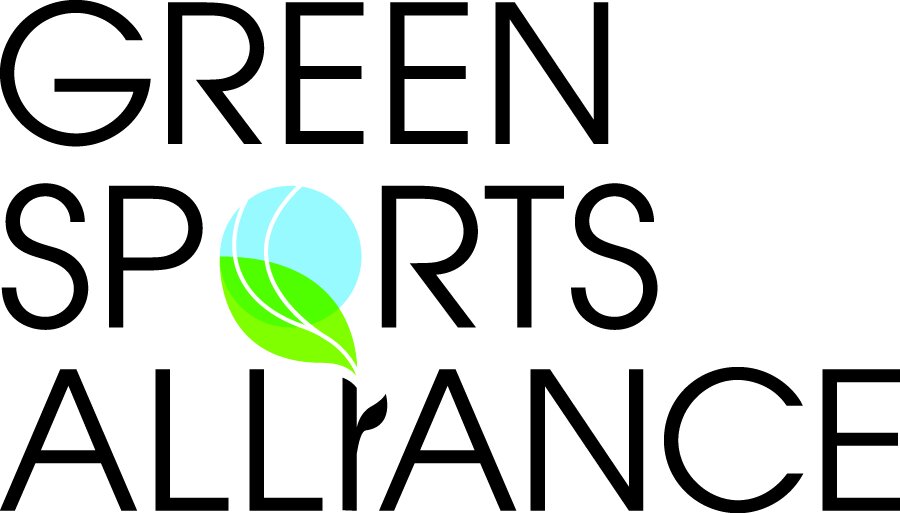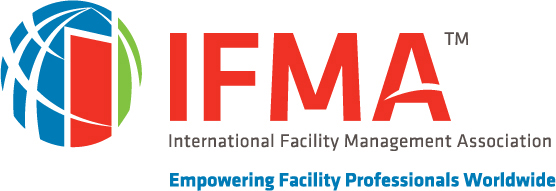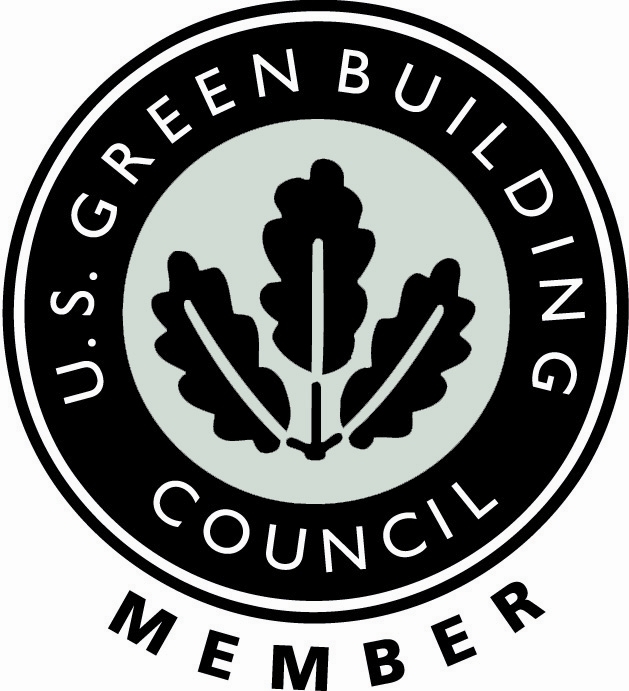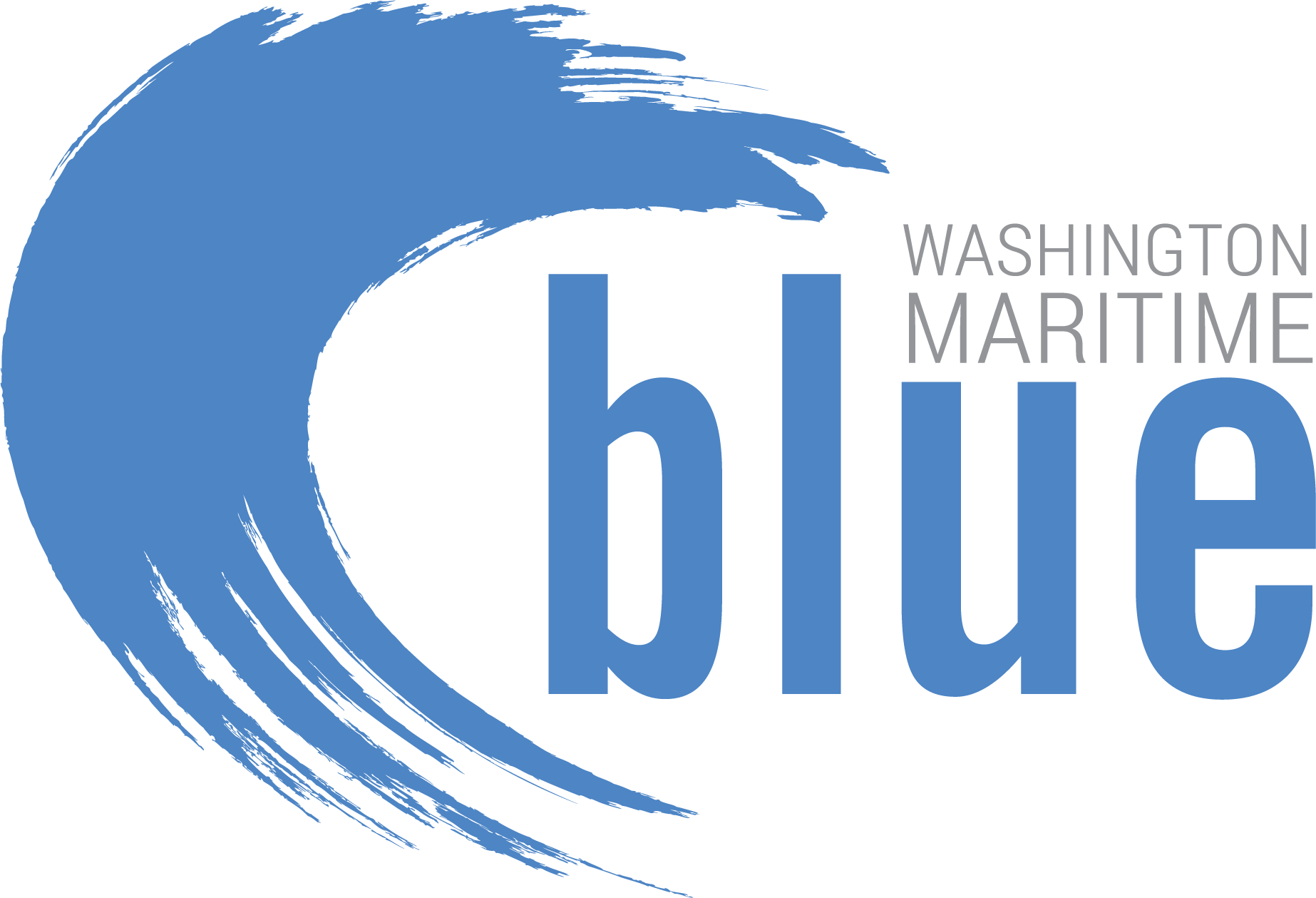This is part of our continuing series, Overlooked No More, where we highlight companies and organizations taking significant steps to reduce water consumption and use water more efficiently.
Many of the companies previously featured focus primarily on their own water use and finding ways to use less. However, our focus company this month, Microsoft, is extending its efforts far beyond its own operations. The company collaborates with countries and organizations worldwide to reduce water consumption, enhance water efficiency, and replenish water supplies.
Before exploring some of their efforts, the following two terms need to be clarified:
Water Efficiency. This refers to strategies that reduce or eliminate water consumption for the long term. Xeriscape landscaping, installing low-flow toilets, and no-water urinals are perfect examples.
Water Replenishment. According to Microsoft, replenishment activities typically address water quantity, availability, or quality by reducing water use and recharging local aquifers.
So, what's Microsoft been up to?
Among their major water efficiency projects currently are the following:
**The Colorado River** The goal here is to focus on water efficiency by using technologies that quickly uncover and repair leaks and introducing steps for farmers to reduce water consumption.
**Chile** This country frequently faces multi-year droughts that severely impact its water availability. To address this, Microsoft uses advanced leak detection technologies, helping farmers use water more efficiently, and develops projects that help the land absorb and retain more water, such as reforestation and soil conservation.
**Shanghai** This city of twenty-five million people has several water-related difficulties. Substantial amounts of water in Shanghai are polluted due to agricultural runoff and insufficient wastewater treatment. Additionally, there is a leadership vacuum in water management. To address this, Microsoft seeks ways to strengthen water stewardship, restore wetland areas to minimize runoff and improve water quality.
**Phoenix** Cooling systems can use vast volumes of water, especially in hot and dry areas such as Phoenix, AZ. Furthermore, these mechanicals often use more water as they age. Microsoft has developed a revolving loan program for the city's hospitals to address this. Loans are provided to hospitals to retrofit their HVAC systems. As the money is paid back, those funds are re-loaned to other hospitals, reducing water consumption and dramatically improving water efficiency.
Beyond water efficiency and replenishment, Microsoft's other water goals include the following:
Finding Water Alternatives: Exploring and implementing alternatives to water, particularly for data centers.
Monitoring and Measurement: Encourage water consumption tracking and replenishment efforts. Data allows communities to understand their water usage better and evaluate the effectiveness of their water reduction strategies.
Our series, Overlooked No More, aims to encourage you and your organization to support similar initiatives and implement strategies that help reduce water consumption and use it more efficiently. If we can help you in this endeavor, please contact us. In the interim, hopefully, we have provided you with some inspiration.
-Klaus














